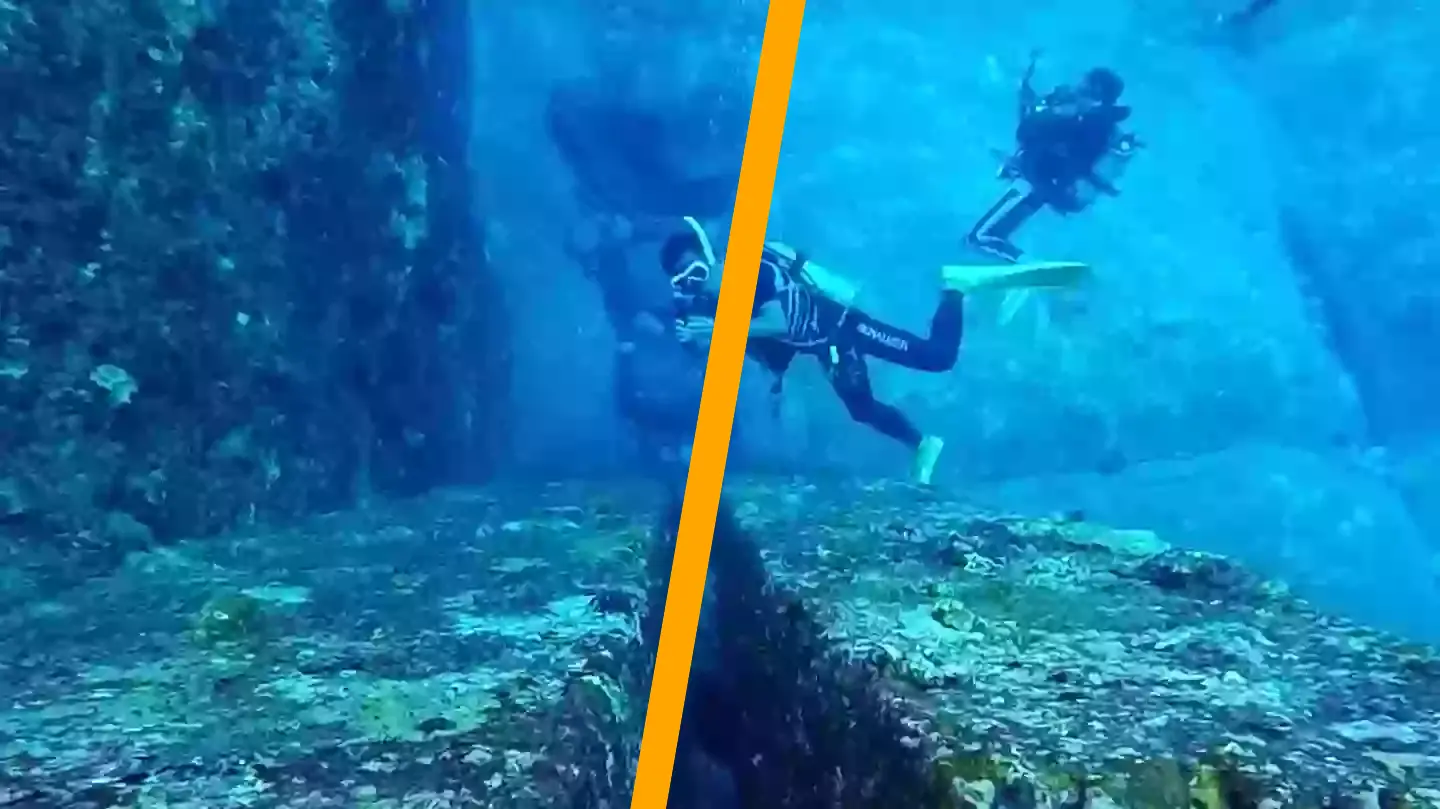Across the globe, numerous enigmas remain unsolved, one of which is the Yonaguni Monument.
This intriguing structure, resembling a pyramid, is submerged 25 meters beneath the ocean’s surface near the Japanese island of Yonaguni. It was first uncovered in 1987.
Diver Kihachiro Aratake discovered the ruins purely by chance.
“I was very emotional when I found it,” he shared with the BBC regarding the significant discovery.
“Upon discovering it, I realized that this would become a treasure of Yonaguni island. I kept it a secret. I didn’t tell anyone on my staff.”
However, the secret didn’t last long as scientists quickly began investigating the enigmatic monument.
Estimated to be around 10,000 years old, the structure has perplexed researchers. It appears to be man-made, featuring what seem to be steps and flat terraces.
Given these features, some speculate that the Yonaguni Monument, often called ‘Japan’s Atlantis’, could be older than the Egyptian pyramids and Stonehenge.
While the pyramids are approximately 4,500 years old, Stonehenge was constructed around 5,000 years ago, according to English Heritage.
Nonetheless, there is ongoing debate among archaeologists about the monument’s age and whether it was man-made.

For instance, in a 2024 episode of The Joe Rogan Experience, Graham Hancock and archaeologist Flint Dibble debated the issue.
“I’ve seen a lot of crazy natural stuff and I see nothing here that to me reminds me of human architecture,” Dibble stated at the time.
Hancock responded: “To me, Flint, it’s stunning that you see that as a totally natural thing, but I guess we’ve just got very different eyes.”
He added, according to the New York Post: “If this really was built by a mysterious civilization more than 10,000 years ago, it would place Yonaguni in the same league as Göbekli Tepe in Turkey – one of the oldest known man-made structures, dated to around 9500 BC.”
Japanese marine geologist Masaaki Kimura shares Hancock’s view that the monument is not a natural formation and believes the Yonaguni Monument could be among the world’s oldest man-made structures.
In 2007, Kimura suggested the monument was 6,000 years old.
Initially, like Flint, Kimura thought the pyramid was a natural formation. Upon closer examination, he reconsidered.
“I think it’s very difficult to explain away their origin as being purely natural, because of the vast amount of evidence of man’s influence on the structures,” he stated, according to National Geographic.
The mystery endures…

